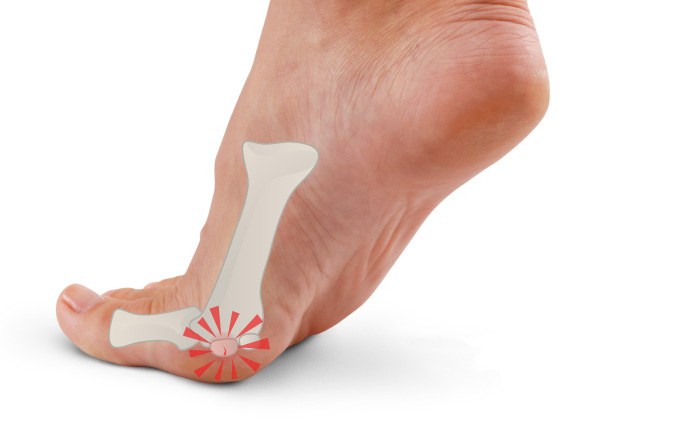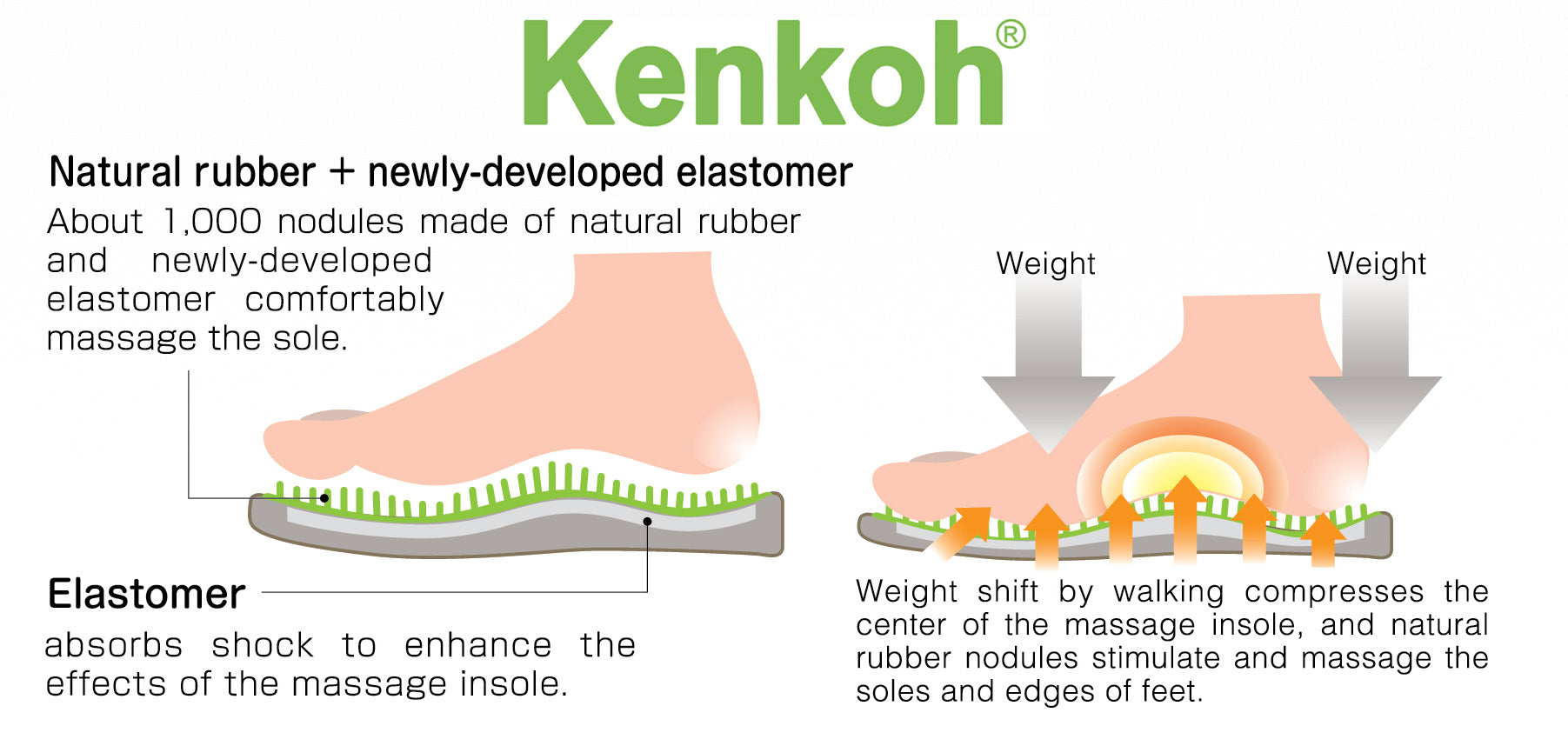Get Relief from Metatarsalgia
The Metatarsals are composed of five bones that connect to the toes or phalanges. These bones form an arch that carries a large amount of weight while standing and especially during the push-off step of walking or running.
Similar to the Roman aqueducts used to transport heavy amounts of water across long distances, the metatarsals form one of three different arches that allow the concentrated weight and pressure of our bodies to balance and stand on two feet.
Definition
Metatarsalgia is a general term used to describe a common, yet painful condition that effects the joints and bones in the ball of the foot. Connecting our metatarsals to our toes are five metatarsal “heads” or connective joints. If one or more of the metatarsal heads sits lower than the others, it will bear more of our body weight than it should, resulting in inflammation, pain, or tearing of the surrounding ligaments.

Also referred to as fore-foot-pain, metatarsalgia is most often concentrated at the 2nd, 3rd, and 4th metatarsal head just about a finger width from the base of your toes. Occasionally, pain can also accrue on the first metatarsal head, just below the big toe.

To understand the mechanics behind metatarsalgia, think of the metatarsal arch as a tennis ball. Each time we step down on the ball of the foot the tennis ball begins to flatten as it absorbs shock. As we step forward, all of our body weight is forced onto a single foot, concentrating pressure on the toes and the arch, or tennis ball in this scenario.
If your metatarsal arch is not properly aligned or if you have insufficient fatty padding, pain and discomfort will occur and worsen over time as the tennis ball, your arch, flattens into an unnatural position. As we age, this thinning of the fatty padding becomes more common.
Cause
Causes of a dropped metatarsal or damage to the fatty padding include:
- High heels or narrow shoes, flats or walking barefoot.
- A “flexible foot” where the ligaments, tendons and muscles are too lax to hold the bones and joints in their optimal position.Injury such as fractured bones or dislocated joints that are not properly treated and may heal in an abnormal position. One common injury is called “March Fractures” derived from military recruits who often experienced recurrent stress or micro-fractures to their metatarsal during long marches, eventually leading to a full fracture. “March Fractures” are also common in runners, joggers, and other athletes
- Some diseases cause thinning of the fatty pad including rheumatoid arthritis, connective tissue disorders, and endocrine disease.
- Feet with high arches are usually rigid and don’t allow the arch to come down and contact its support. This causes all of the weight to be forced into the ball-of-the-foot, instead of some of the weight being carried by the arch. People with high arches need adequate arch support in addition to metatarsal support.
- Hammertoes create metatarsal pain when the toes contract and rise up in an effort to grip the ground due to a lack of balanced support from the metatarsals. Proper support gives the gripping toes a chance to relax.
Prevention & Treatment
Gaining relief from Metatarsalgia begins with wearing footwear with metatarsal arch support. For rapid relief we suggest the Kenkoh Massage Sandal as a therapeutic device that comes from decades of demonstrated success.
Wearing these sandals first thing in the morning and in the evening will increase and improve circulation, align your metatarsal arch, and provide optimal support during your healing process.

Each Kenkoh is covered with over 1,000 natural rubber latex nodules that stimulate and massage the feet.
In addition, metatarsalgia shoes, footwear, or orthotics with substantial support are essential at all times. Happy Feet Plus specializes in carrying a wide variety of brands that feature metatarsal supports throughout their collection, like Birkenstock. Finn Comfort features metatarsal support pads in most of their classic natural cork, removable footbeds.
Shoes with a wide or open toe box allows the metatarsals to naturally spread as they are meant to, evenly distributing the pressure across a greater space. Narrow or pointed shoes squish and contort the toes and connecting metatarsals into an unnatural shape, forcing the foot out of alignment, and causing a different body part like our knees, hips, or lower back to overcompensate.
For those of you who already own a pair of shoes with decent support, orthotics are one of the most beneficial tools in your arsenal as they are highly customizable. Brands like Aetrex Lynco and Birkenstock insoles offer several styles ranging from casual, to heeled, to athletic that all feature a metatarsal cushioning pad. Be sure to chat with a Happy Feet Plus team member to find the best fit for you.
As part of the Happy Feet Plus Manifesto, it is our ultimate goal to prevent discomfort, alleviate pain, and correct core ailments that throw your body and your life off balance. Metatarsalgia is one of the most common problems we hear from our customers, along with hammer toes and plantar fasciitis.
Many of these issues can be traced to the same culprit; no or insufficient arch support that leads to a misalignment of bones and joints, extending all the way from our ankles to our lower back. Thankfully, one of the most logical and practical methods to regain health starts from the ground up!











